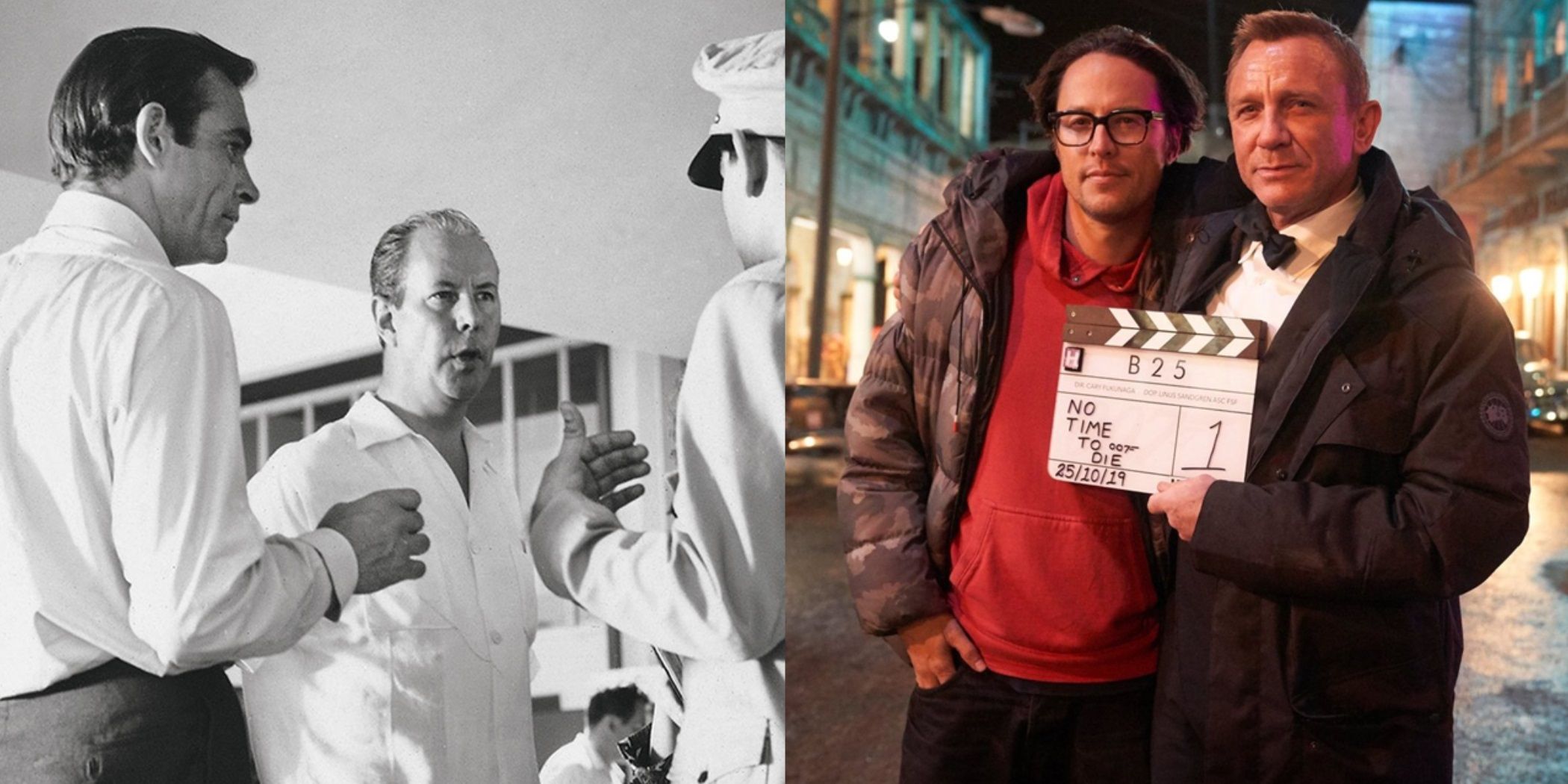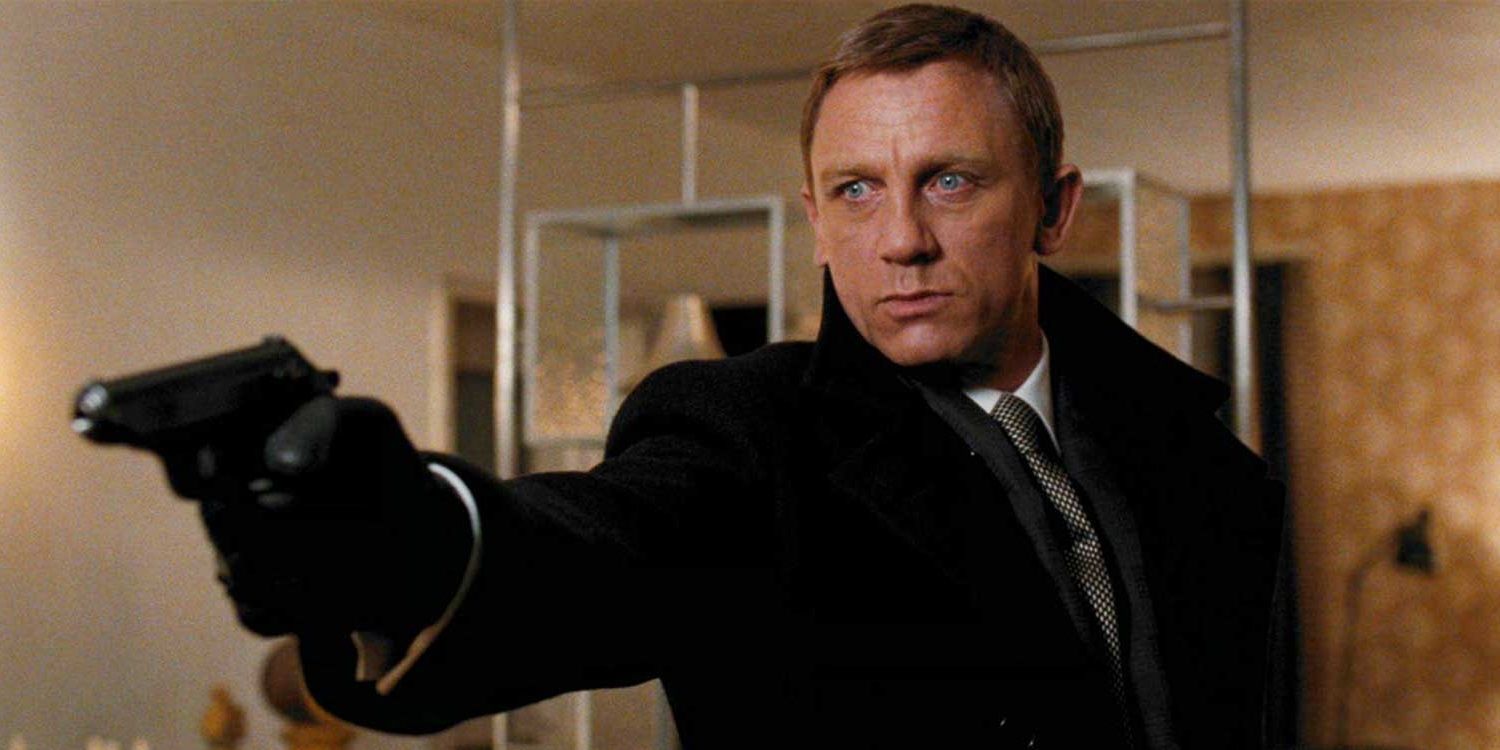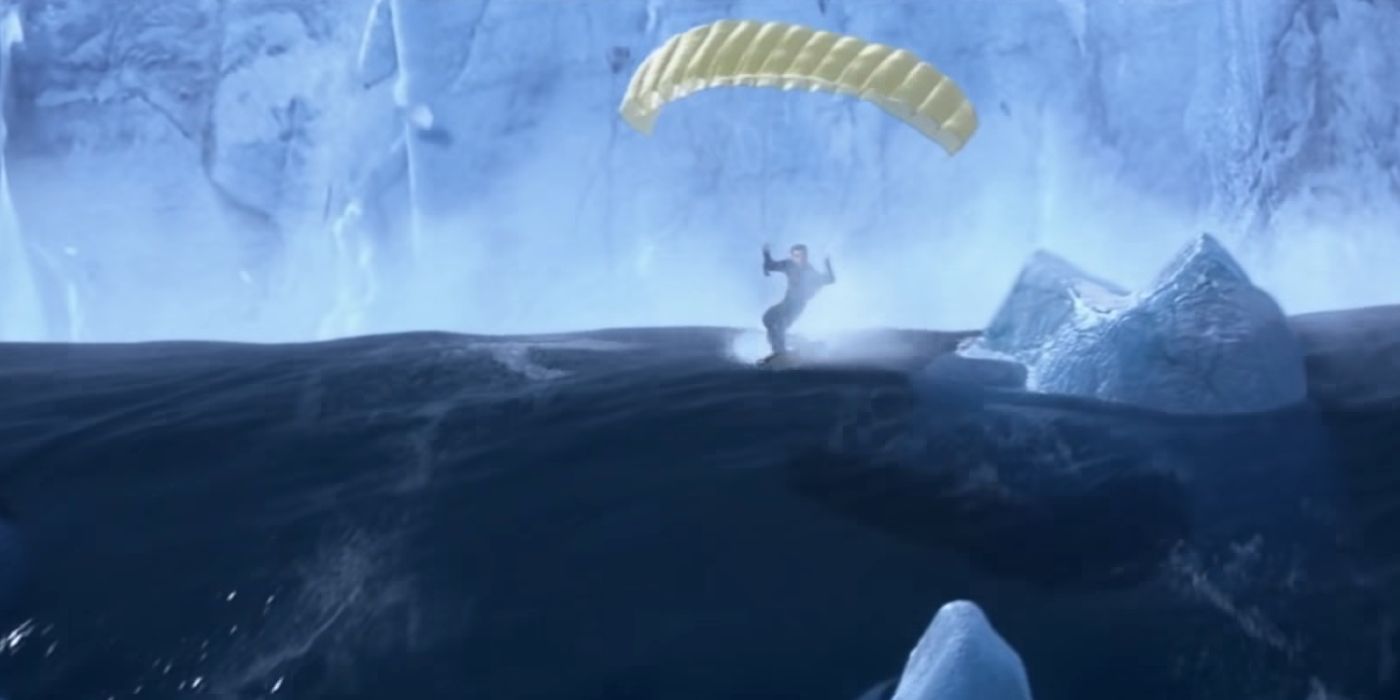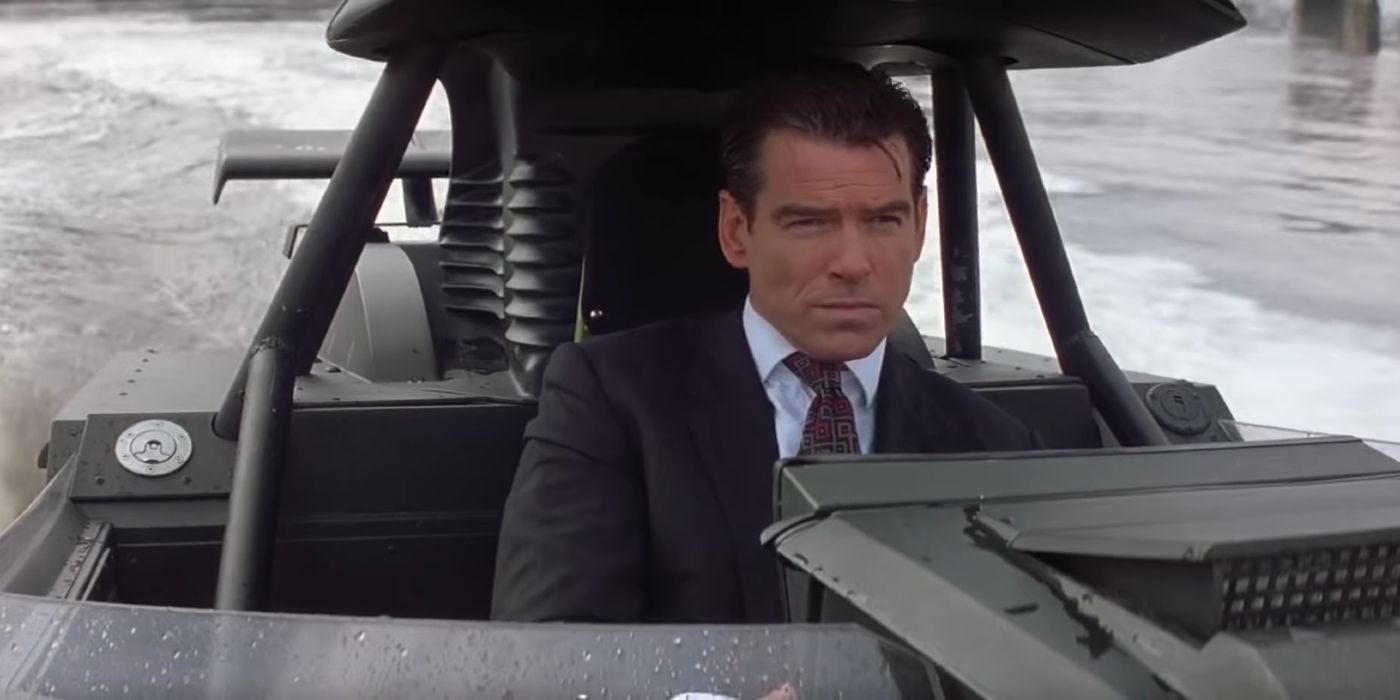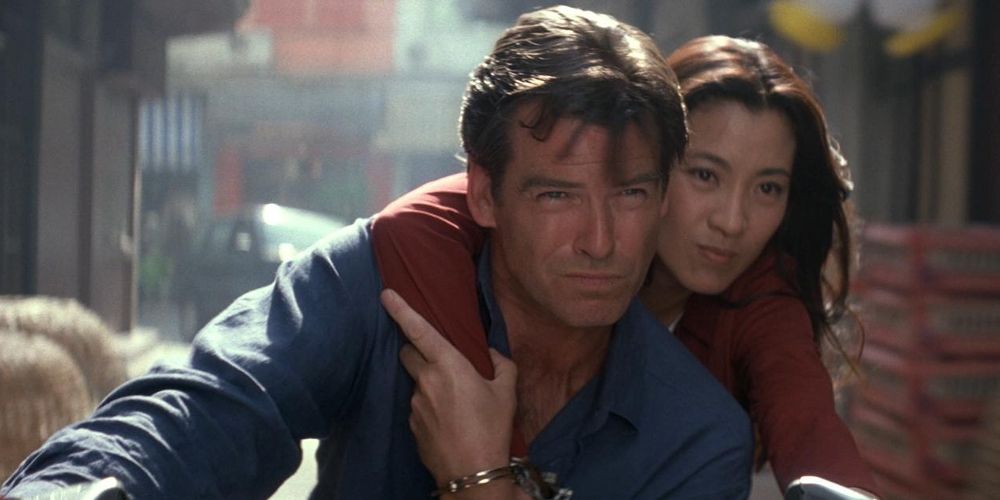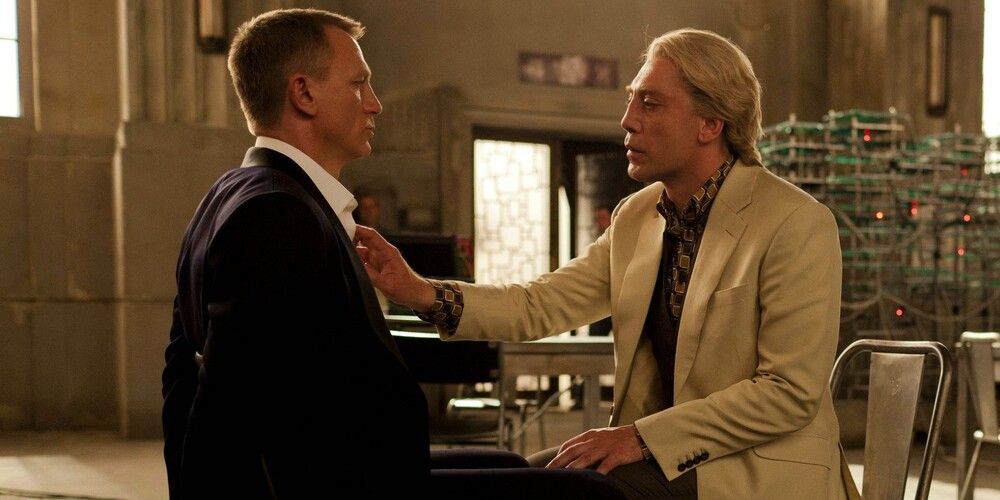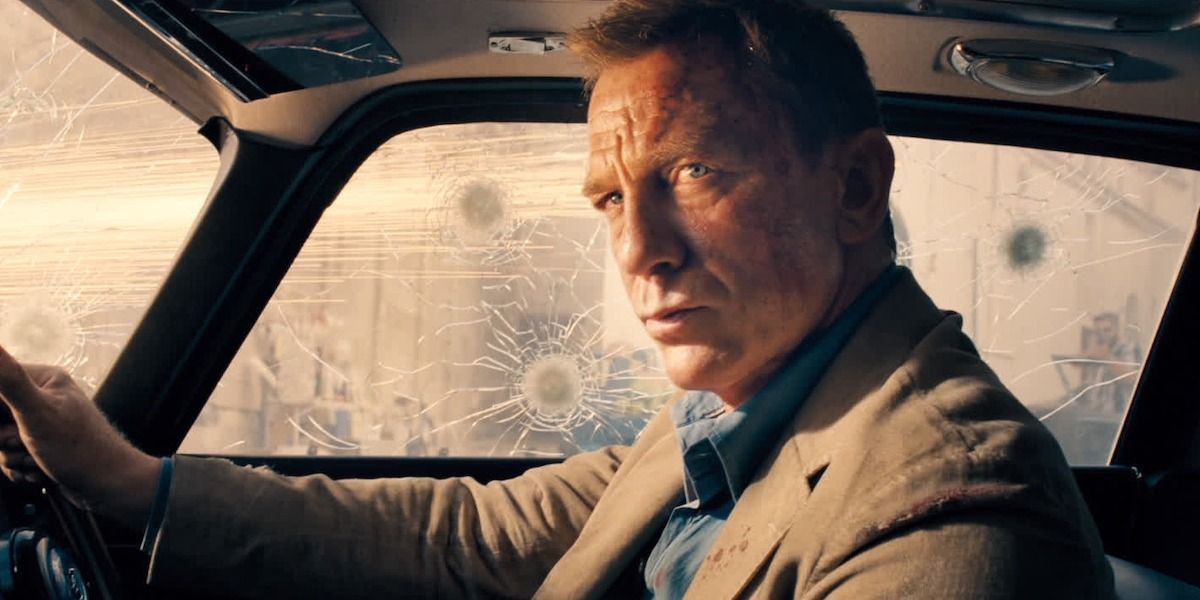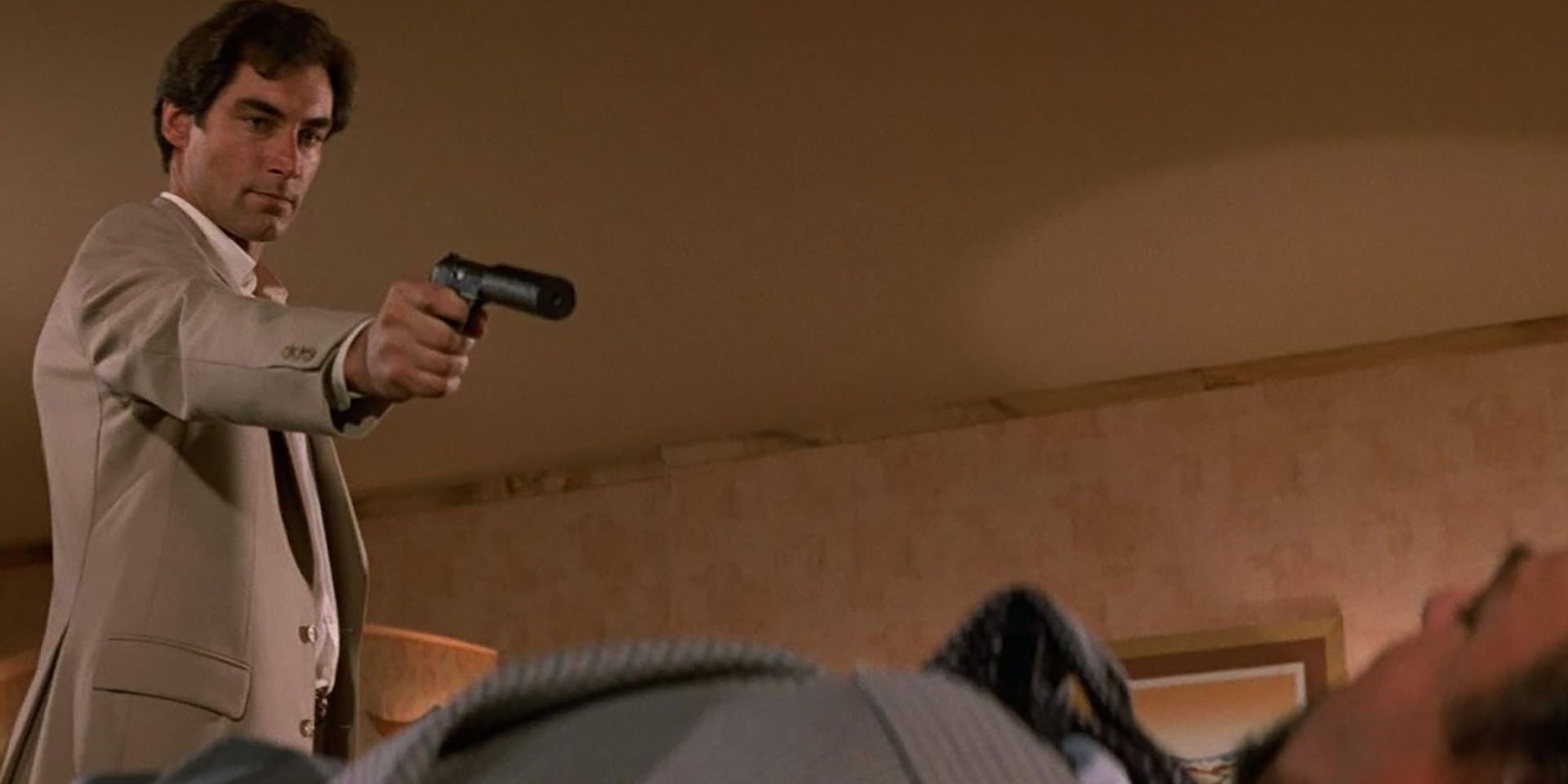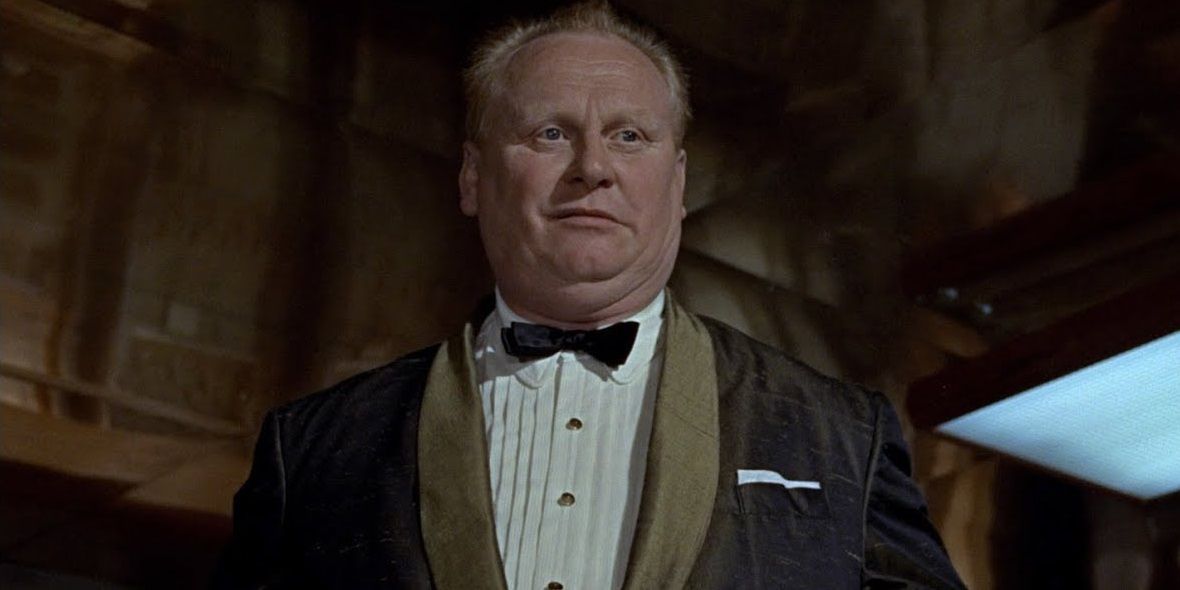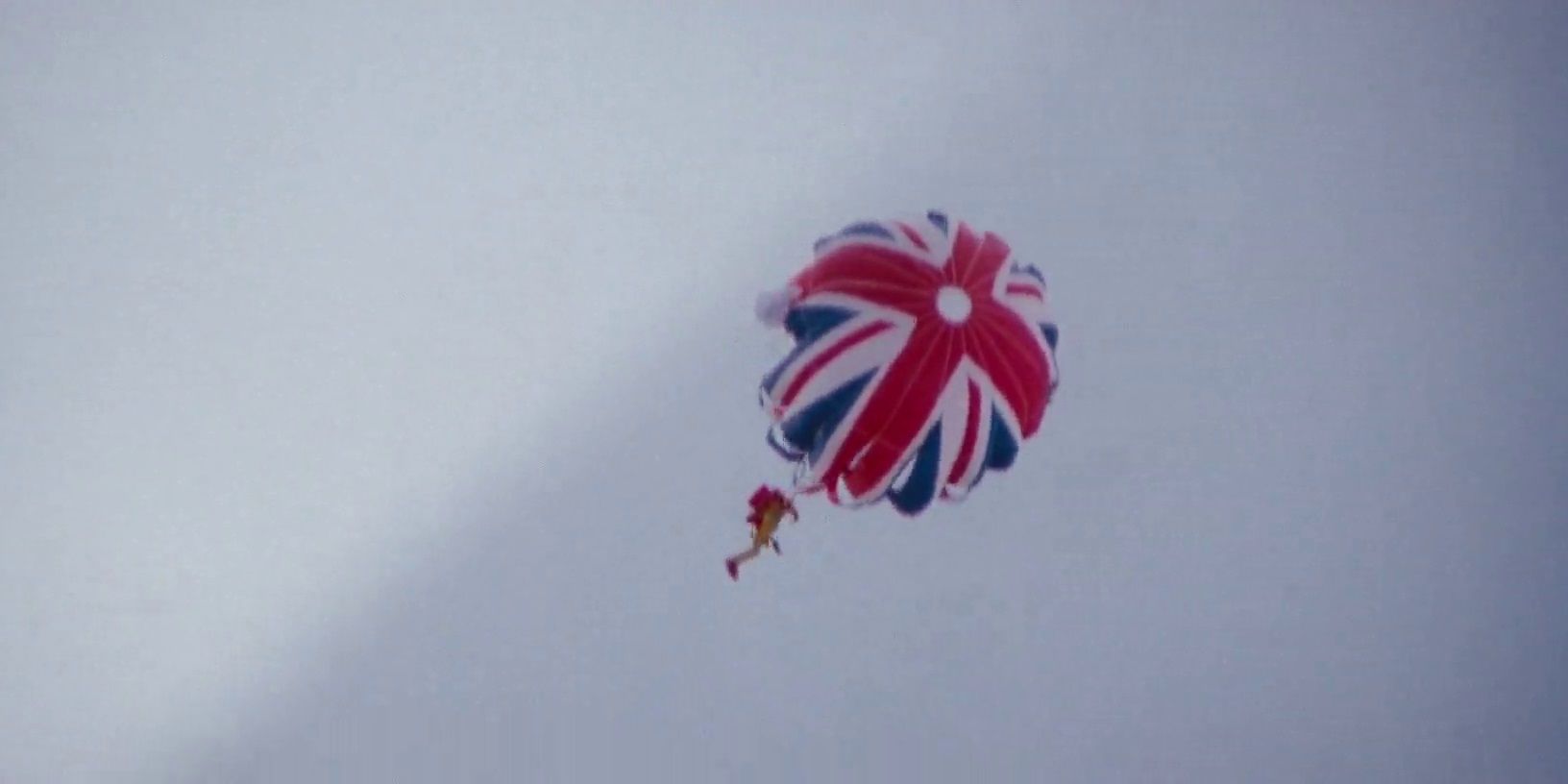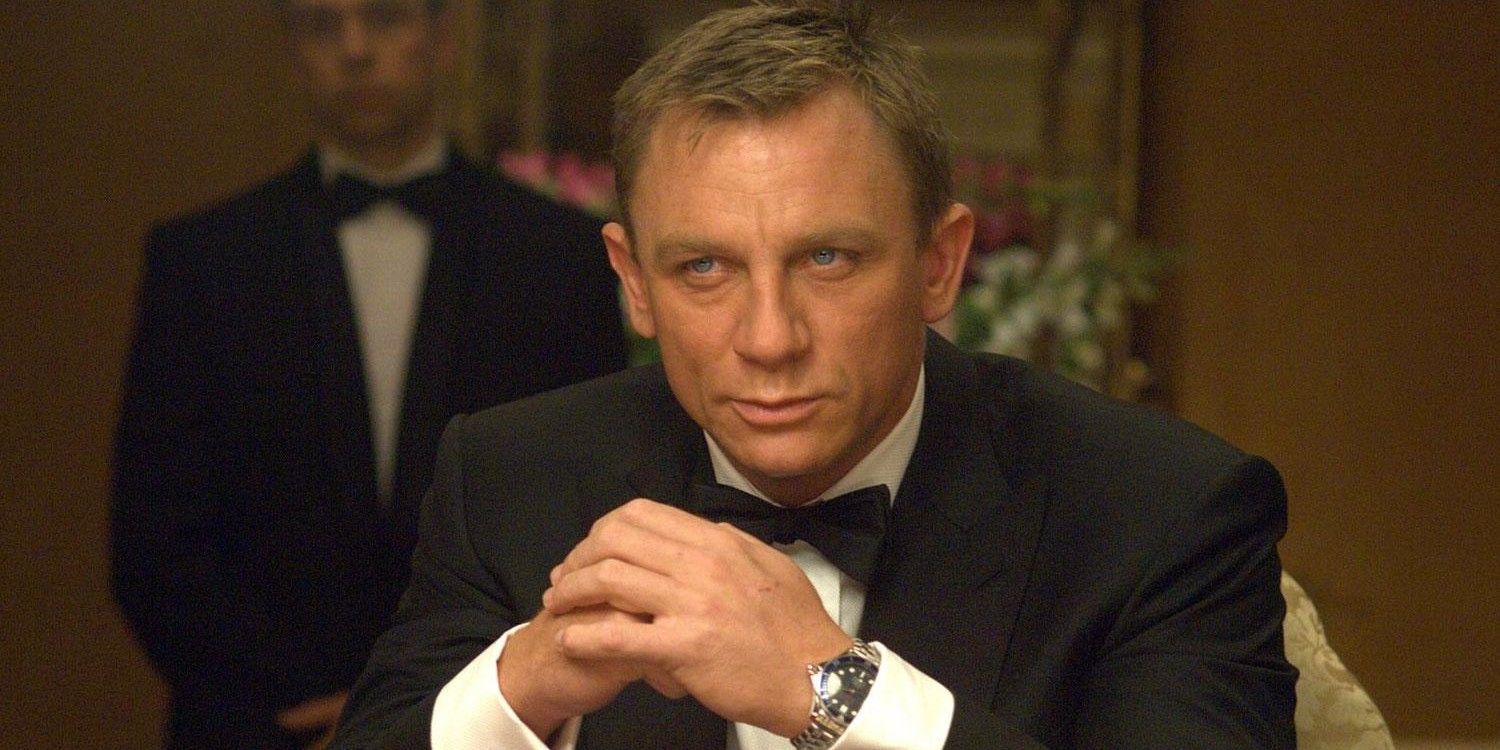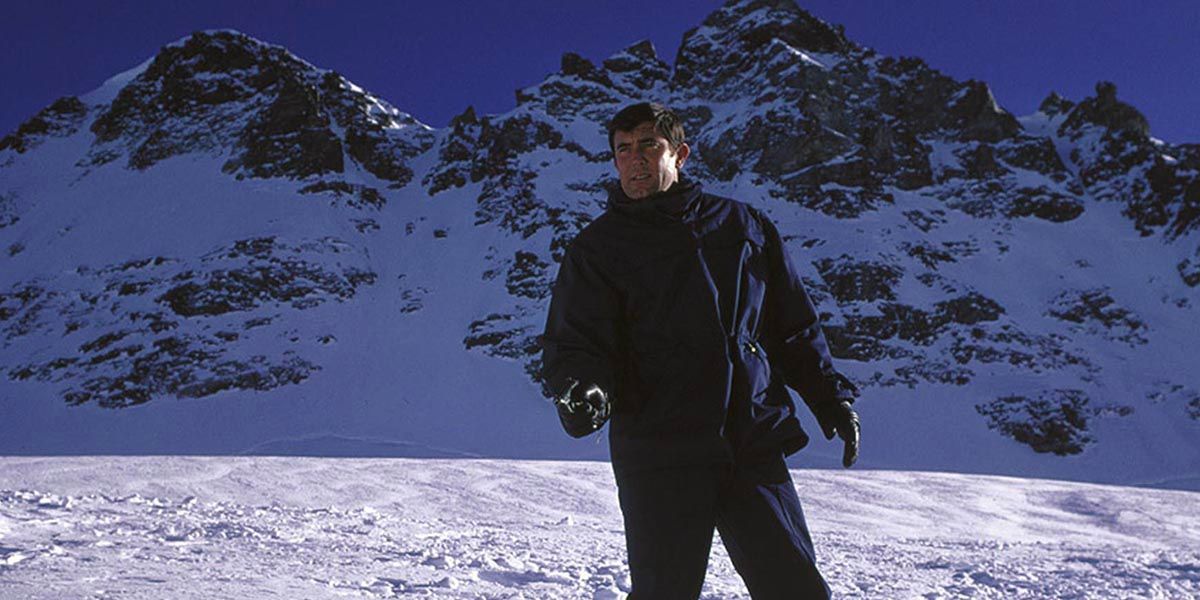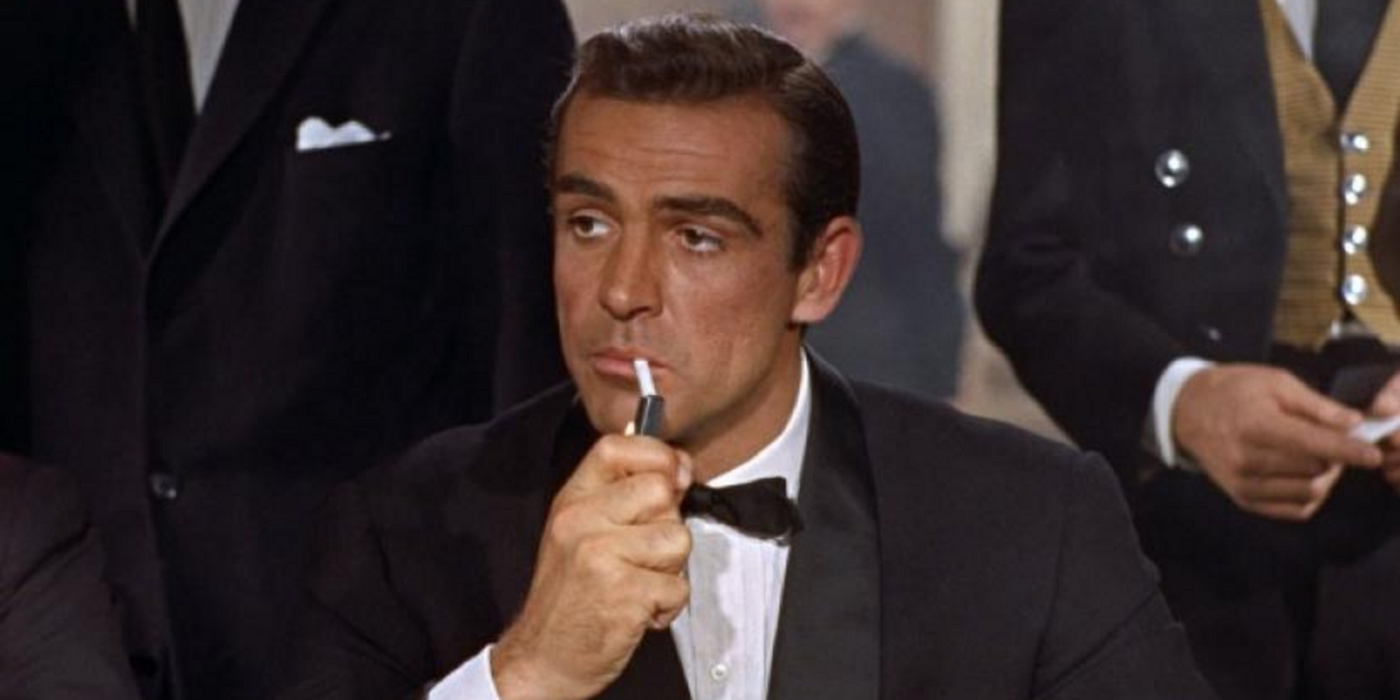In discussions of the James Bond franchise, fans tend to focus on the actors playing 007 himself, from Sean Connery to Daniel Craig. But the directors of Bond movies are arguably just as responsible for their unique identity. Terence Young brought as much to 007’s characterization in Dr. No as Connery did.
From Guy Hamilton to Lewis Gilbert to No Time to Die’s Cary Joji Fukunaga, plenty of talented filmmakers have put their creative stamp on the Bond franchise over the years (with varying degrees of success).
Marc Forster
Marc Forster is one of a few Bond directors who only ever helmed one Bond movie. He directed Quantum of Solace, Daniel Craig’s second film in the role and one of the most negatively reviewed entries in the entire franchise.
The biggest problem with Quantum of Solace – and the reason why Forster is ranked at the bottom of this list – is that it doesn’t feel like a uniquely Bondian spy adventure; it just plays like a generic action thriller.
Lee Tamahori
Lee Tamahori, another one-and-done Bond director, helmed Die Another Day, widely regarded to be one of the worst Bond movies of all. Halle Berry gives a typically terrific performance as Jinx, but the movie doesn’t have much else going for it.
With ludicrous plot points like Bond surfing on a tidal wave and the villain altering his own DNA to make himself Korean, Die Another Day marked the end of the Pierce Brosnan era. At least it actually feels like a Bond film, unlike Quantum of Solace.
Michael Apted
Michael Apted helmed one of Brosnan’s middle-of-the-road Bond outings, The World is Not Enough. The movie offers a fresh spin on the well-worn formula. Elektra King is introduced as a love interest, but turns out to be in cahoots with the villain in a shocking twist reveal.
Bond is initially tasked with protecting her from Renard, one of the world’s most wanted terrorists. Renard’s inability to feel pain and Robert Carlyle’s unsettlingly cold portrayal make him an unforgettable villain.
Roger Spottiswoode
Roger Spottiswoode helmed Tomorrow Never Dies, one of Brosnan’s most polarizing Bond films. The megalomaniacal villain is a media mogul who wants to start World War III so he can have exclusive news coverage of the ensuing carnage.
The film was initially met with mixed reviews, but in the wake of events like Brexit, it’s been reappraised as an insightful and even prescient satire of mass media.
Sam Mendes
Sam Mendes did a fantastic job of marrying the gritty realism of the Craig era with the goofy escapism of Bond tradition in Skyfall, but his tenure as a Bond director is let down by Spectre.
Spectre gets off to a spectacular start, but it’s dragged down by MCU-style worldbuilding needlessly tying all the Craig movies together. Christoph Waltz gives a chilling performance as Blofeld, but it’s ruined by an unnecessary twist cribbed from Star Trek Into Darkness.
Cary Joji Fukunaga
Cary Joji Fukunaga’s first (and hopefully not last) Bond movie, No Time to Die, is arguably the franchise’s best entry since Casino Royale. The pandemic delayed its release by a year and a half, but it was well worth the wait. With a true sense of closure, it acts as the perfect finale for Craig’s tenure in the role of James Bond.
No Time to Die is both a welcome return to the familiar 007 formula (a MacGuffin, a gadget-laden Aston Martin, a remote lair, etc.) and, in many ways, a radical subversion of the franchise’s traditions. Fukunaga killed off Bond for the first time in the series’ six-decade history and, against all odds, it didn’t disappoint.
John Glen
With five movies in a row, John Glen enjoyed the longest continuous run of any Bond director. This five-movie run began in the Roger Moore era with For Your Eyes Only, which grounded the franchise with a gritty revenge thriller after the disappointment of Moonraker’s trip to space. Then, Octopussy and A View to a Kill hammered the last two nails into the Moore era’s coffin.
After that, Glen introduced Timothy Dalton’s refreshingly dark and edgy take on Bond in The Living Daylights, then doubled down with License to Kill, arguably the darkest Bond movie of all. Glen went out in style with his final Bond film before Pierce Brosnan took over as 007. In License to Kill, the only Bond movie to be rated 15 in the UK, the gentleman spy sets off on a personal revenge mission against a drug lord.
Guy Hamilton
Guy Hamilton perfected the Bond formula with the franchise’s third entry, Goldfinger. He later returned for the solidly made but less thrilling Diamonds Are Forever.
A few years later, Hamilton introduced Moore’s Bond and established his films’ tradition of following genre trends with the blaxploitation style of Live and Let Die and the martial arts fight scenes of The Man with the Golden Gun.
Lewis Gilbert
With You Only Live Twice, Lewis Gilbert had to live up to four movies’ worth of build-up with the reveal of Blofeld as the big bad. Thanks to his iconic volcanic lair and Donald Pleasence’s unsettling performance, Blofeld’s introduction didn’t disappoint.
Gilbert came back in the Moore era to helm The Spy Who Loved Me, which is arguably the perfect Bond movie that nails every aspect of the formula and, above all, is wildly entertaining. The director returned for Moore’s next film, Moonraker, which took Bond into outer space in response to the success of Star Wars. This gave Gilbert’s Bond tenure a weak ending, but he directed two of the best Bond films before then.
Martin Campbell
Martin Campbell updated the Bond franchise for a modern audience not once, but twice. He first gave Brosnan’s Bond an unforgettable introduction with the crowd-pleasing action-packed blockbuster GoldenEye. Brosnan embodies the role instantly, but the movie also acknowledges the more problematic aspects of the character as Judi Dench’s M calls out 007 for being “a sexist, misogynist dinosaur.”
A decade later, when the Bond tradition had gotten stale and rigid again, Campbell returned to introduce Craig’s Bond in Casino Royale, the gold standard for franchise reboots. After Austin Powers lampooned the series’ outdated tropes and Bourne revolutionized the action genre with a gritty sensibility, Casino Royale offered a shockingly brutal, surprisingly realistic reinvention of the Bond mythos.
Peter R. Hunt
Peter R. Hunt only directed On Her Majesty’s Secret Service, but it’s hailed as one of the most masterfully crafted Bond films from a cinematic perspective. Every Bond film is fun, escapist entertainment, but Hunt’s movie went above and beyond.
George Lazenby isn’t an actor, so his performance isn’t particularly captivating, but the movie itself is gorgeously shot and explores some subversive ideas, like Bond getting married. This one doesn’t end with a cheeky double entendre; it ends with a heartbroken 007 cradling his bride after she’s killed in a drive-by shooting.
Terence Young
No director contributed more to the Bond franchise than Terence Young, because he contributed Bond’s characterization and the groundwork for the familiar formula. He introduced Connery’s Bond in Dr. No and then solidified his status as one of cinema’s most iconic heroes in From Russia with Love.
Young came back after Goldfinger to direct Connery in Thunderball, which doesn’t live up to his first two near-perfect Bond films but does culminate in a breathtaking underwater battle sequence.

